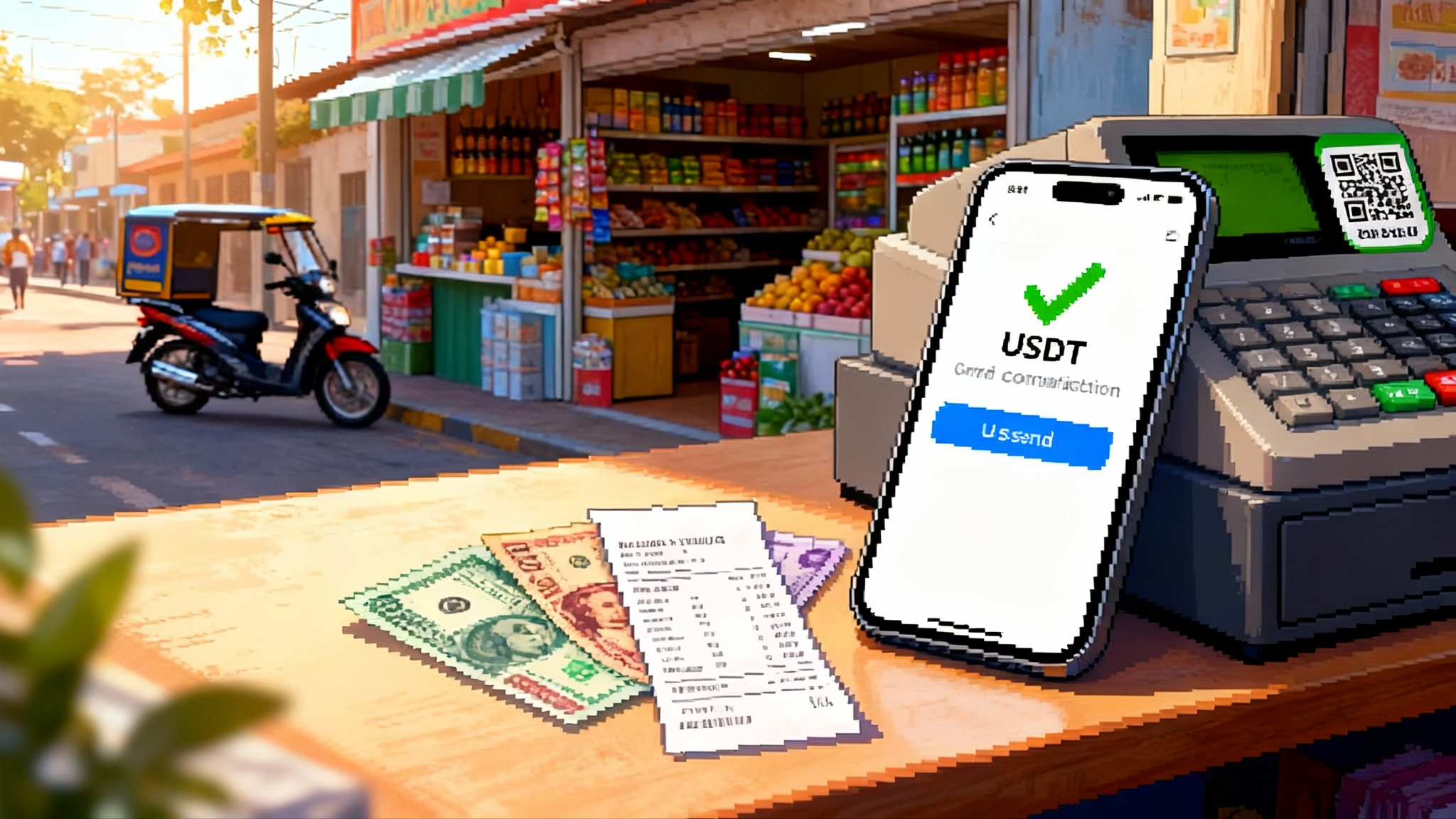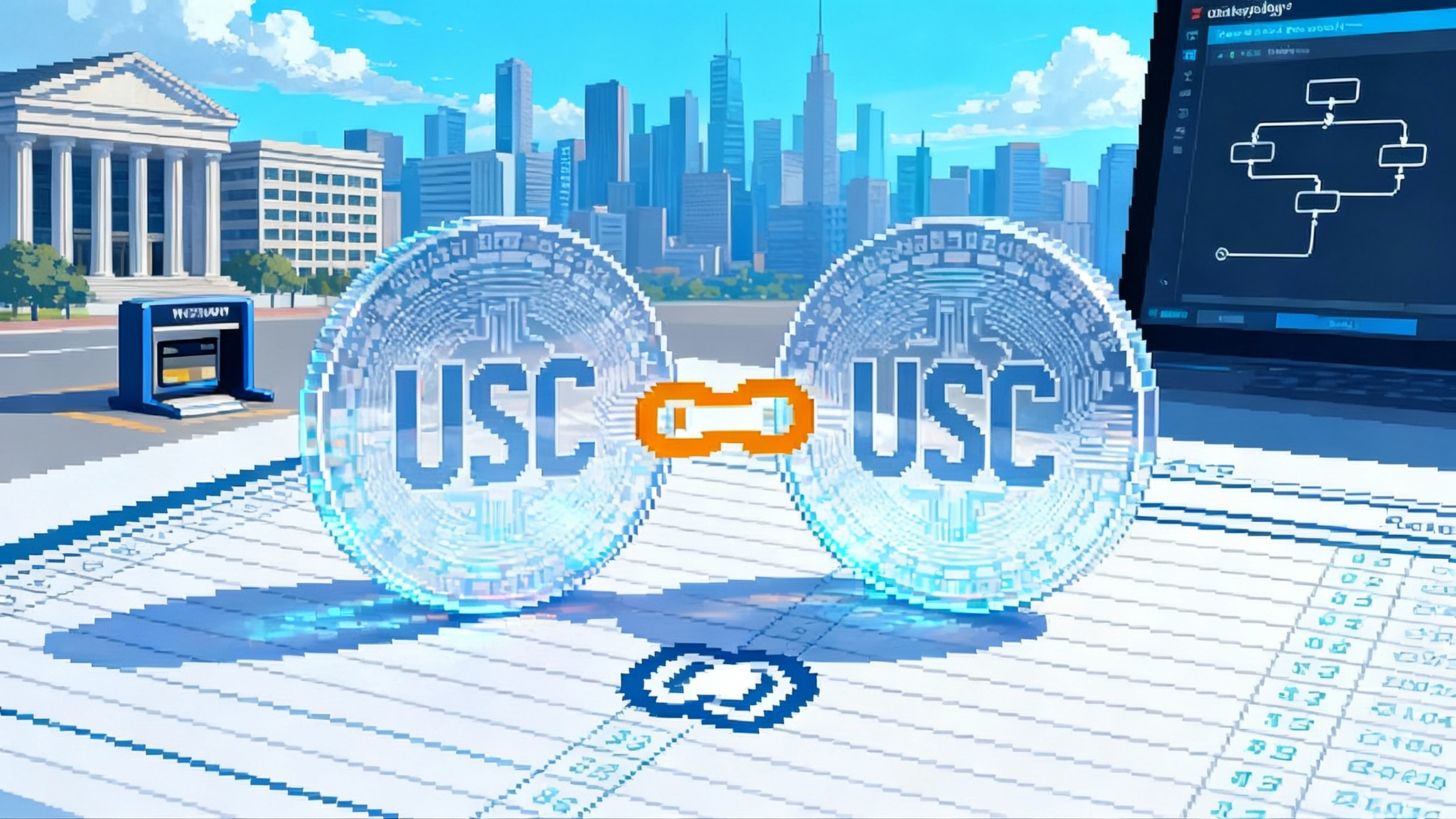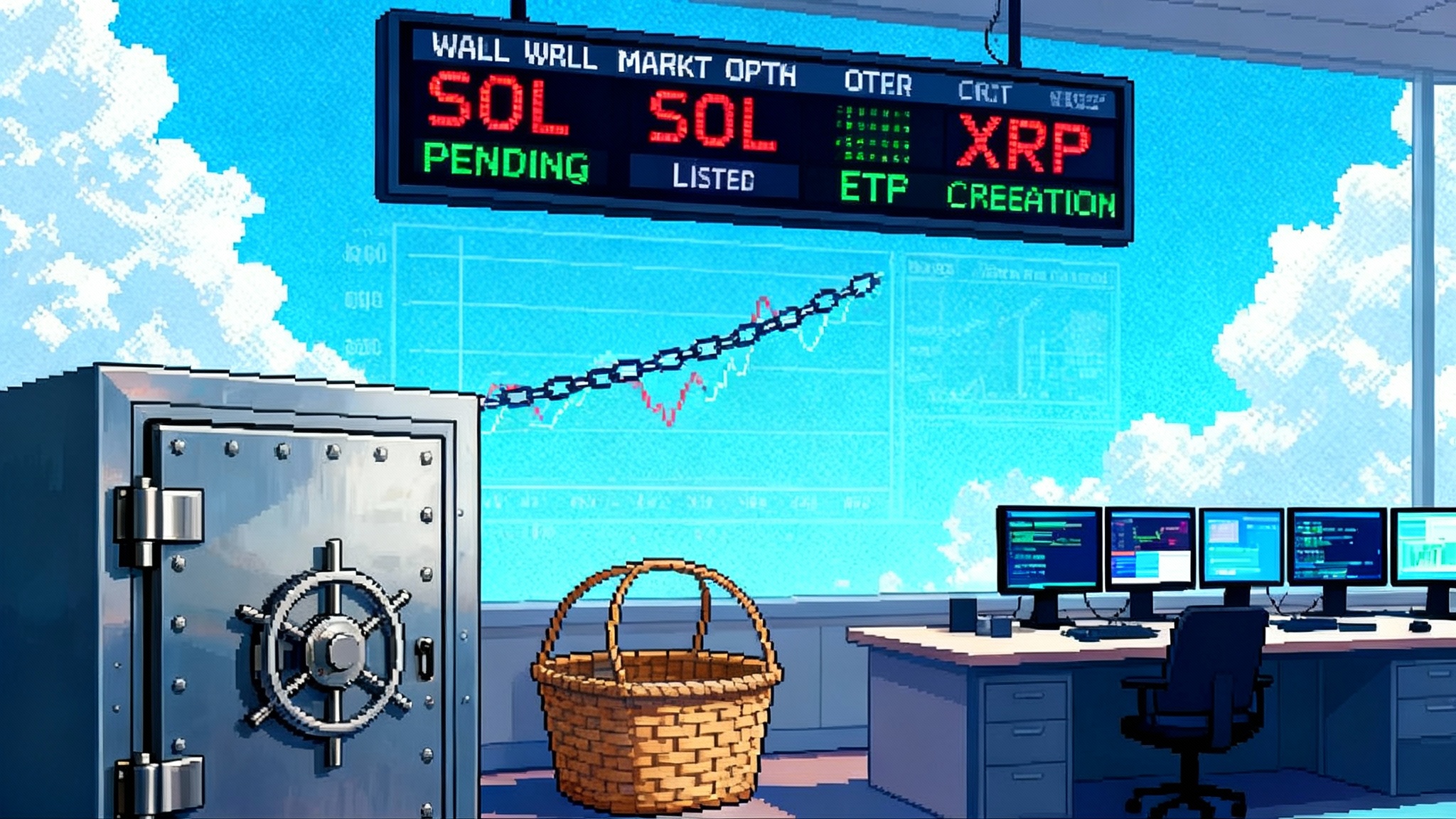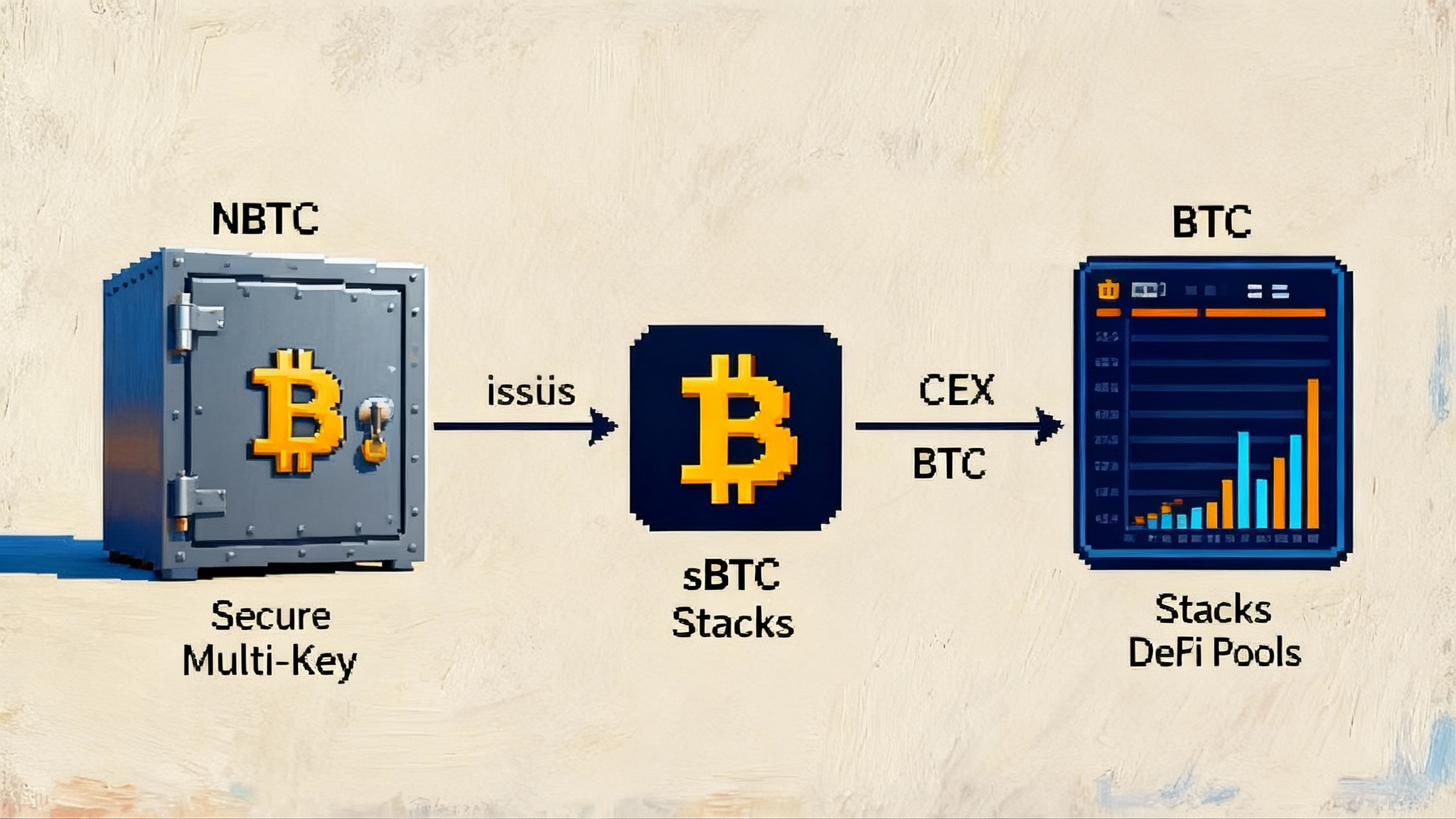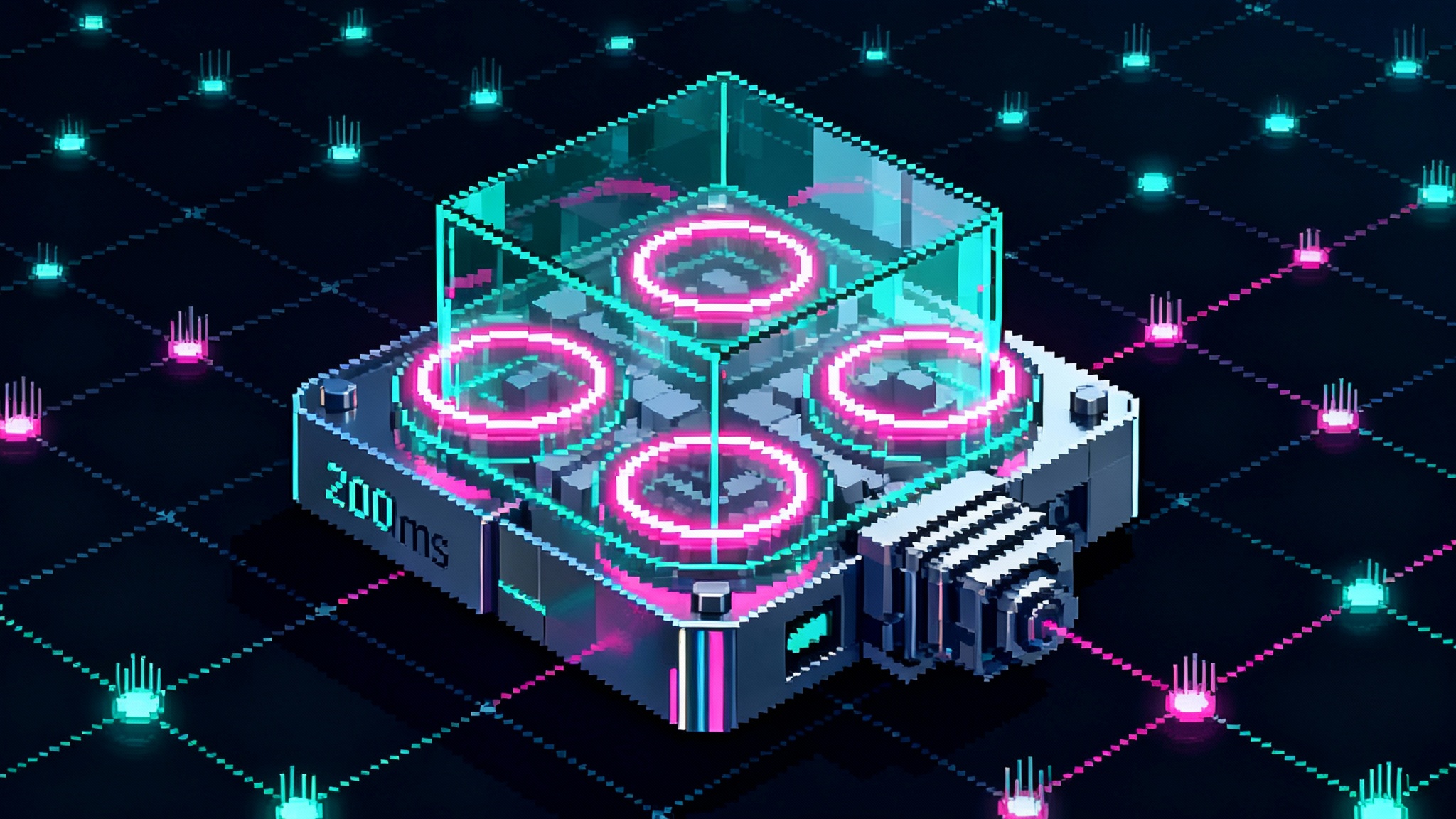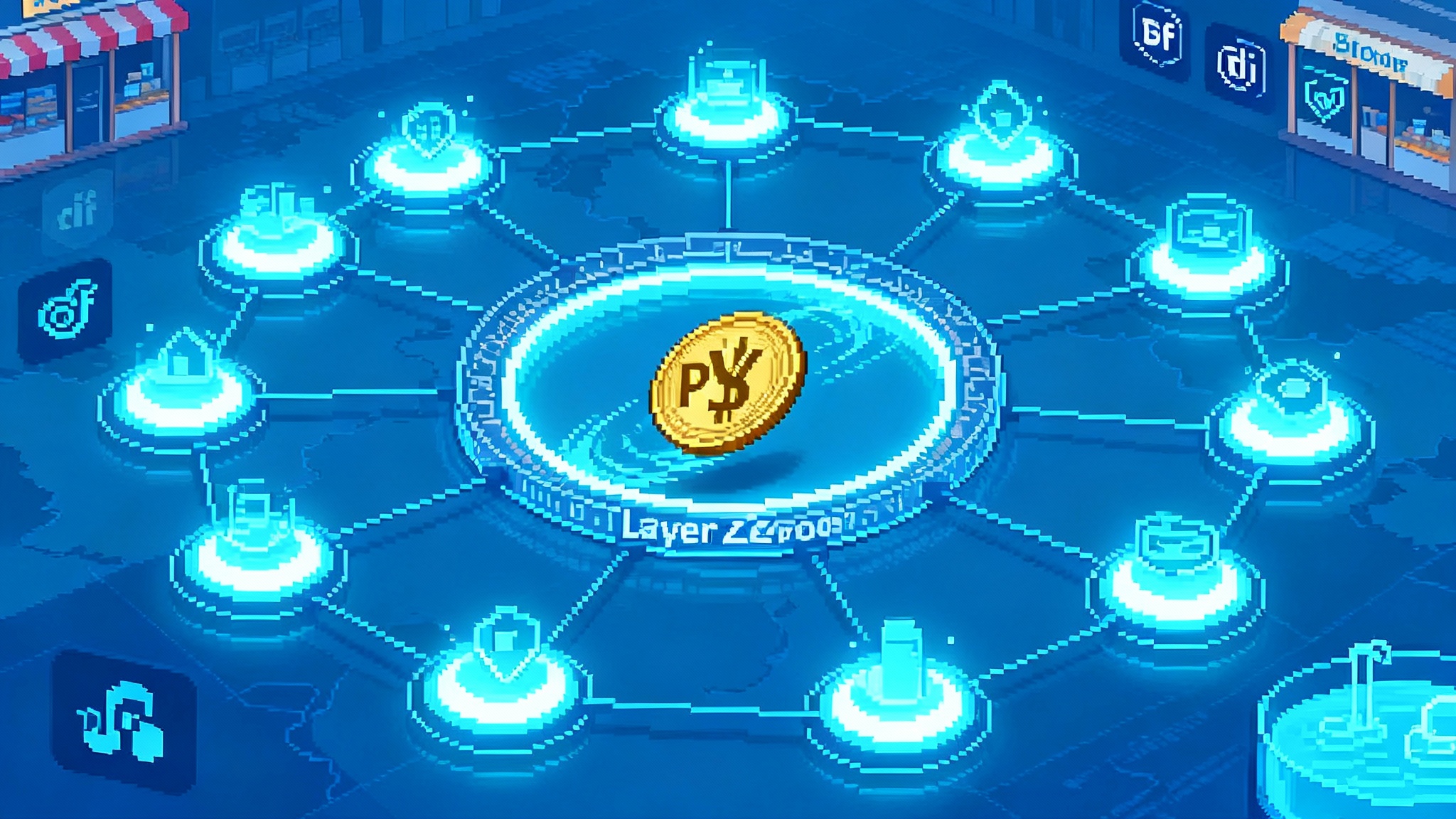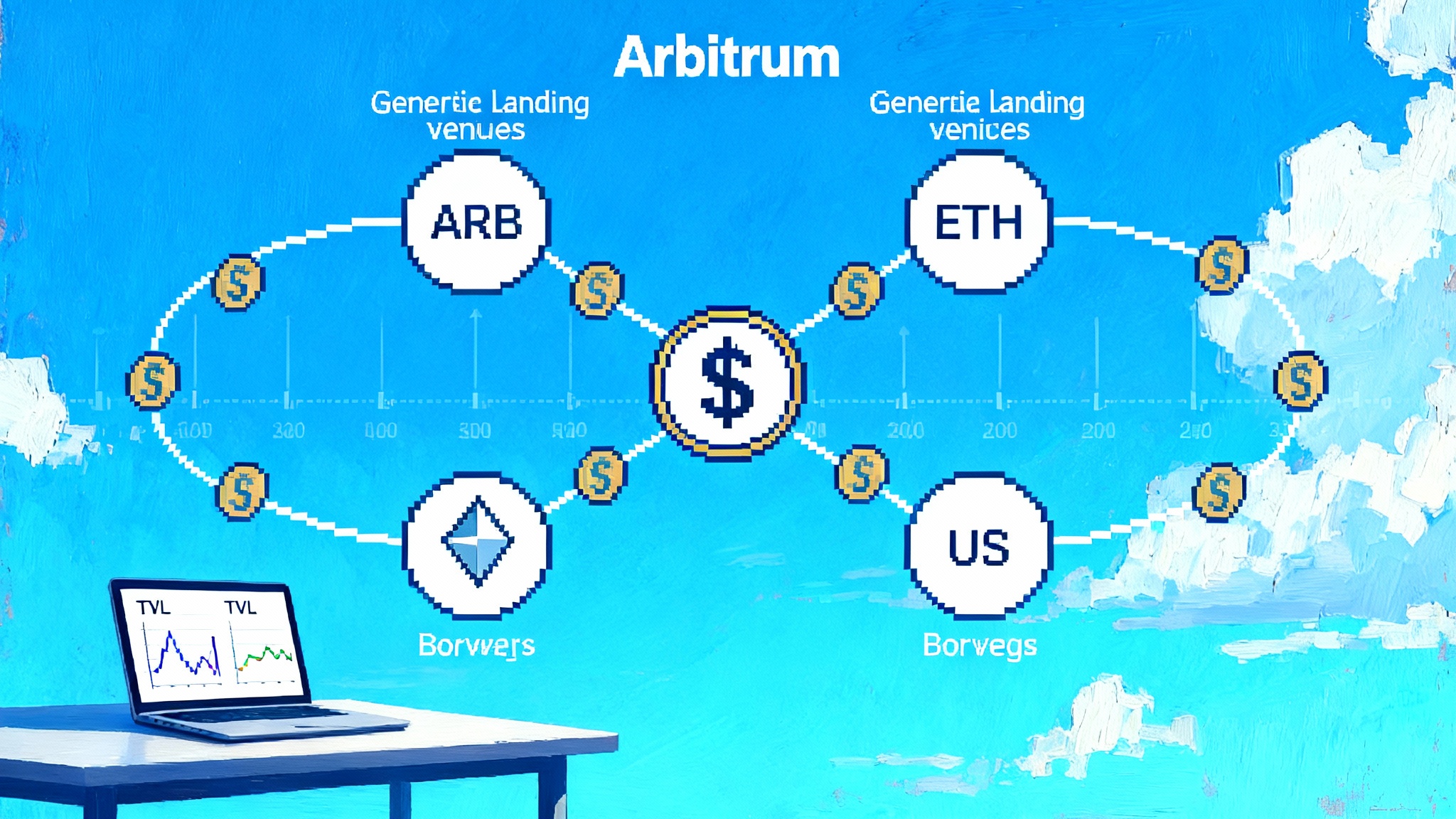Sky’s migration crunch: penalties, stUSDS, and the Q4 reset
Sky has activated a quarterly penalty on MKR-to-SKY conversions and advanced stUSDS onboarding. Here’s how the new economics, governance rules, and yield routes will push upgrades, rewire liquidity, and shape DeFi decisions through Q4 2025.

The switch just flipped: penalties are live, clocks are ticking
The Sky ecosystem has entered the penalty era. Sky governance approved the delayed-upgrade penalty that reduces how much SKY you receive when you convert MKR, with the penalty starting at 1 percent and scheduled to increase by 1 percent every three months. The official upgrade timeline spells out both the start and the cadence of those increments, making late conversion steadily more expensive for anyone still holding MKR instead of SKY. See the upgrade timeline and penalty schedule.
Think of the mechanism like a moving walkway at an airport that runs in the opposite direction. In May, you could stand still and still get to the gate. Today, if you are still holding MKR, the walkway has started pulling you back. You can still reach the gate, but every quarter the distance grows.
Two further facts matter in practice. First, only SKY counts for governance in the new Chief contract; MKR is now a legacy token for voting. Second, the penalty feeds SKY into the converter contract controlled by governance, which means delayed upgraders are quietly transferring value and influence to those who moved early. For holders who care about representation, this is not a theoretical point. Voting power is crossing the bridge, and the bridge toll just went up.
How the delayed-upgrade penalty changes decisions
The penalty is simple but consequential. The conversion ratio remains 1 MKR to 24,000 SKY, but a penalty reduces the SKY you get by a percentage that increases over time. A 1 percent penalty means 23,760 SKY per MKR. In three months the penalty steps to 2 percent, or 23,520 SKY. Twelve months later, the haircut would be 4 percent, or 23,040 SKY.
That haircut compounds with market risk. If the market starts pricing MKR at a discount to the implied 24,000 SKY value because arbitrage becomes costly, late converters face both a protocol fee and a shrinking catch-up trade. The net effect is to pull forward upgrades, consolidate governance into SKY, and reduce the surface area of legacy integrations that rely on MKR.
For integrators, the design also deters the operational habit of waiting for users to request support. Every quarterly step introduces support tickets, price disputes, and user frustration that could have been avoided by migrating the rails. Exchanges that are still listing MKR are being pushed to default conversion policies to protect customers from avoidable haircuts.
stUSDS onboarding: yield meets staking at the core
In parallel, Sky governance has advanced stUSDS onboarding. This connects the yield-bearing version of USDS directly to the SKY Staking module and associated liquidation and risk plumbing, codified through the Lockstake contracts. The governance portal describes the change under the stUSDS onboarding executive, which includes contract addresses and initializer calls for the stUSDS module. See the stUSDS onboarding executive specification.
Why does this matter? USDS already offered a savings path through sUSDS, the tokenized representation of deposits in the Sky Savings Rate. stUSDS formalizes a route for a yield-bearing USDS derivative to sit closer to the protocol’s staking and risk management, which makes it easier for integrators to treat stUSDS as productive collateral and for the protocol to handle liquidations and accounting with fewer bespoke adapters. For payments teams watching UX improvements in stablecoins, the momentum echoes the new refunds infrastructure for USDC that is reshaping settlement flows.
For users, the upshot is straightforward. Instead of parking vanilla USDS to earn through savings, more flows will seek stUSDS for capital efficiency. That creates a flywheel: higher demand for stUSDS lifts the share of USDS that accrues protocol yield, which in turn can improve the optics of Sky’s organic yield engine for new capital arriving from centralized exchanges and institutional desks.
The Q4 pull: TVL, yields, and where liquidity goes next
The combination of a rising penalty on MKR and official stUSDS onboarding sets up a fourth-quarter reallocation across three fronts:
- Governance TVL concentrates into SKY
- As the penalty increases, the cost of waiting compounds. Delegates, institutional proxies, and custody platforms will move MKR into SKY and re-delegate. Expect a visible migration in the Chief contract balances and a decline in active MKR governance addresses. This reduces split-brain governance and removes a tail risk where MKR whales could block changes while avoiding penalties.
- Stablecoin TVL tilts toward USDS and stUSDS
- Integrations that still rely on DAI for savings or liquidity mining face a shrinking incentive relative to USDS, especially where sUSDS or stUSDS can be used as composable collateral. Expect vault protocols, structured products, and stablecoin yield wrappers to rotate backing from DAI to USDS variants, repeating the pattern already seen in several yield aggregators and interest-bearing stablecoin funds.
- Relative yields compress across DeFi
- As stUSDS spreads, its base yield becomes the hurdle rate for other dollar-stable plays. Protocols that funded total value locked with token incentives will either accept higher emissions or simplify their economics to compete with an organic yield that arrives without a new token in the stack. On the infrastructure side, faster settlement on app-chains and L2s, like the MEV-aware L2 design, raises the bar for responsiveness.
A simple mental model helps. Think of USDS as cash, sUSDS as a cash savings account, and stUSDS as a savings account that is pre-packaged for DeFi collateral. When the savings account is natively understood by lending and staking engines, capital will prefer the pre-packaged version. The migration penalty on MKR is the governance side of the same story. It rewards those who move early into the canonical path and makes waiting a steadily worse deal.
Governance is being rewired in public
Sky’s shift is not just a token rename. Governance is moving into a tighter loop with cleaner tooling. The new Chief recognizes only SKY. Delegates are upgrading contracts to V3 patterns. Executive spells are bundling parameter changes with monthly settlements. The delayed-upgrade penalty accelerates the social migration by reducing the number of credible places to vote or lobby. That raises the cost of apathy.
There are second-order effects:
- Delegation markets may deepen as more smaller holders take part when the governance unit is SKY rather than MKR, which had a higher unit price and scarcer supply.
- Protocol risk decisions can move faster because a single token now routes participation. That may improve responsiveness to market stress but it also increases the need for strong delegate oversight and transparent reporting.
- Treasury and incentives policy will likely move from broad ecosystem rewards toward targeted, time-boxed programs around integrations that unlock new utility for USDS and stUSDS. As consumer rails evolve, models such as gasless USDT and neobank model hint at how yield-bearing dollars can travel with fewer steps.
What to do now: actions by role
For individual users
- If you still hold MKR, plan your upgrade window now. Model the penalty as a real cost, not a rounding error. A 1 percent haircut on 1 MKR is 240 SKY. If you intend to participate in governance or in staking, delaying makes the same seat more expensive.
- Map your stablecoin stack. If you hold DAI in yield strategies, check whether those contracts are migrating to USDS, sUSDS, or stUSDS. If you hold USDS idly, consider sUSDS for simple savings or stUSDS if you need to post collateral elsewhere. Confirm your platform’s support first to avoid wrapper surprises.
- Watch tax and reporting. Token upgrades and yield-bearing wrappers can have different tax treatments. Track lot histories and on-chain receipts so that the upgrade and subsequent positions are easy to document.
For centralized exchanges
- Default to automatic MKR to SKY conversion ahead of the next quarterly step. Communicate the penalty clearly in pre-trade and account notices. Auto-convert residual MKR balances on a fixed internal timetable, then delist MKR spot and derivatives where appropriate to prevent new stranded balances.
- List USDS and stUSDS thoughtfully. If you list stUSDS, disclose that it is a yield-bearing asset with a changing exchange rate versus USDS. Use a dedicated accounting path to avoid interest crediting bugs in your internal ledgers.
- Update custody and staking integrations. Ensure cold storage workflows understand SKY approvals and the new governance flow. If you offer staking or rewards products, verify that stUSDS or sUSDS accrual is reflected correctly in customer balances and statements.
For DeFi protocols and wallets
- Update oracles and risk parameters. stUSDS is not a flat dollar. It is a share token with an exchange rate that grows over time. Use an oracle that reports the share price and apply conservative liquidation thresholds until market depth and behavior are well observed.
- Review liquidation hooks. If you accept stUSDS as collateral, confirm that liquidations can seize and unwind the correct token without pausing or relying on a manual unwrap. Test with the actual stUSDS module integration path described in the governance spec.
- Migrate governance connectors. If you run vote relays, delegation dashboards, or on-chain proposal tooling, deprecate MKR paths. Publish SKY V3 delegate contracts and verify them against the official factories so that users can check provenance.
Upside and risks in the near term
Upside
- Cleaner governance alignment. The penalty discourages fragmentation, concentrating voting power in the token that actually drives decisions. That can improve response times during market stress and make parameter changes predictable.
- A stickier stablecoin base. Formal stUSDS onboarding reduces the friction for productive collateral and attracts strategies that want organic yield without juggling extra reward tokens. More of the USDS float will accrue yield, which can raise the floor for passive returns across the ecosystem.
- Better integrator experience. A canonical module for stUSDS reduces the need for custom adapters and quick fixes. That lowers integration time and support costs for lending markets, structured products, and on-chain funds.
Risks
- MKR market dislocation. As arbitrage becomes costly and some exchanges delist MKR after auto-conversion, MKR pricing could diverge from implied SKY value in unpredictable ways, hurting holders who still plan to upgrade later. This could also create short-term volatility around quarterly penalty steps.
- Accounting errors with yield-bearing tokens. If integrators mis-treat stUSDS as a flat dollar, they can under- or over-collateralize positions, misprice liquidations, or pay out interest twice. Early mis-steps can lead to loss events even if the underlying token works as designed.
- Governance concentration. Faster alignment can also centralize power if delegates or large validators accrue outsize influence. The community will need to keep pressure on reporting, public reasoning, and conflict disclosures.
- Regulatory and jurisdictional complexity. Some features or rates in the Sky front end are restricted in specific regions. As stUSDS appears in more products, providers must confirm eligibility and disclosures to avoid hidden geo-fencing or compliance gaps for their users.
What success looks like by December
By late Q4, the migration will look healthy if these markers show up on-chain and in app updates:
- MKR balances in governance fall toward noise while SKY in Chief continues to rise. Delegation dashboards should show the bulk of recognized delegates live on SKY.
- A visible portion of USDS supply sits in sUSDS or stUSDS, with lending markets treating stUSDS as first-class collateral. Liquidations of stUSDS, if any, settle cleanly without manual intervention.
- Legacy DAI yield products disclose their migration path or end of life, and stablecoin funds that once leaned on DAI publish updated mandates with USDS-based allocations.
- Quarterly penalty communications feel routine. Exchanges and custodians run auto-conversions on schedule with minimal support load.
A brief modeling exercise for teams
If you are a treasury manager or protocol designer, build a quick scenario table for the next twelve months:
- Inputs: MKR still held by your users, expected conversion date windows, penalty at each quarter, your expected SKY participation or staking plan, and the share of your stablecoin float that could shift to sUSDS or stUSDS.
- Outputs: Effective governance power after conversion, expected token rewards or staking flows unlocked by moving to SKY, and the blended stablecoin yield for your users after adopting sUSDS or stUSDS. Run the same sheet with a three-month delay to quantify the opportunity cost of waiting.
The point is not precision. It is to make the cost of inaction visible. When the toll is written into the protocol, ignoring it is a budget decision.
The story this tells about DeFi’s next chapter
Sky is using two levers at once. The first lever is negative for procrastination: the longer you wait to upgrade MKR, the fewer SKY you receive. The second lever is positive for participation: stUSDS makes it easier for capital to be both productive and composable. Together they favor users and builders who choose the default path quickly and can articulate why to their communities.
That is how coordination problems get solved in public systems. Not with slogans, but with mechanisms that reward early movers and steadily reduce room for indecision.
The bottom line
Q4 is the window where the migration becomes muscle memory. If you still hold MKR, upgrade on your timeline, not the protocol’s. If you rely on DAI-based yield, decide which USDS wrapper matches your use case and test it in production. If you run an exchange or a protocol, pick a default and communicate it. The walkway is moving. The people who reach their gates will be the ones who start walking now.
